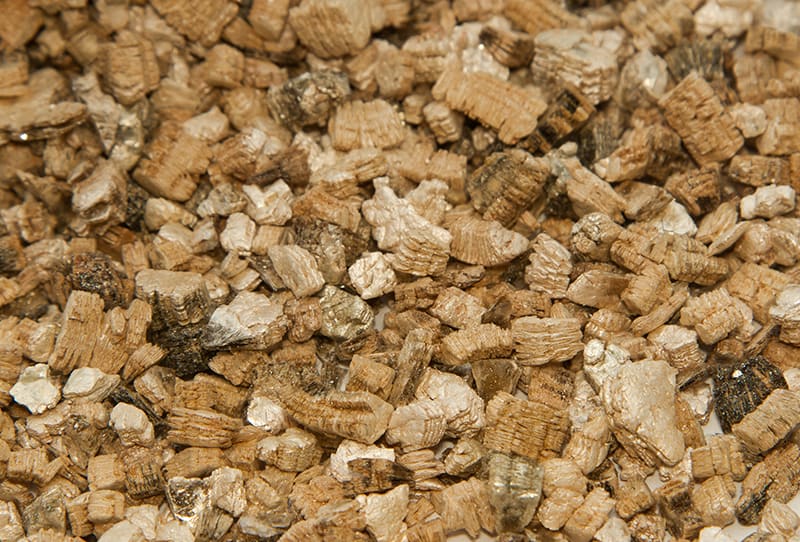Dec . 01, 2024 22:16 Back to list
china refractory bricks raw materials
The Role of Raw Materials in China's Refractory Brick Industry
Refractory bricks are essential materials in various high-temperature industrial processes, providing insulation and protection against extreme conditions. In China, a leading player in the global refractory market, the significance of raw materials in the production of refractory bricks cannot be overstated. This article explores the importance of these raw materials, their sources, and the impact on the industry.
Understanding Refractory Bricks
Refractory bricks, made to withstand high temperatures, are primarily used in furnaces, kilns, incinerators, and reactors. They are essential in industries such as metallurgy, ceramics, and cement production. The performance and durability of refractory bricks largely depend on the quality of the raw materials used in their manufacture.
Key Raw Materials
The principal raw materials in the production of refractory bricks include alumina, silica, magnesia, and clay. Each of these materials contributes specific properties that enhance the performance of the final product.
1. Alumina Derived from bauxite, alumina is a crucial ingredient in making high-alumina refractories. Its high melting point and thermal stability make it an ideal choice for applications requiring resistance to thermal shock and mechanical stress.
2. Silica Sourced from quartz and sand, silica is another vital raw material. Silica refractories are known for their excellent resistance to thermal expansion and are commonly used in areas that experience extreme temperatures.
3. Magnesia Obtained from magnesium-bearing minerals, magnesia is essential for producing basic refractories that can withstand corrosive environments. Its alkaline nature helps resist slag attack, making it indispensable in steelmaking and other metallurgical processes.
china refractory bricks raw materials

4. Clay Clay serves as a binder in many refractory formulations. Fire clays, in particular, provide good plasticity and formability, allowing for the production of bricks that can be molded into various shapes.
Sources of Raw Materials in China
China's rich mineral resources make it a significant supplier of raw materials for the refractory industry. The country boasts vast deposits of bauxite, kaolin (for clay), and other minerals essential for refractory production. Regions like Shanxi, Henan, and Jiangxi are notable for their rich deposits of these materials.
Moreover, China's industrial infrastructure supports the efficient extraction and processing of these raw materials. This integrated supply chain allows Chinese refractory brick manufacturers to maintain consistent quality and competitive pricing.
Environmental Considerations
The extraction and processing of raw materials pose environmental challenges. Mining activities can lead to habitat destruction, soil erosion, and pollution if not managed properly. The Chinese government has implemented various regulations to minimize the environmental impact and promote sustainable practices within the industry.
Efforts are underway to explore alternative raw materials and recycling methods to reduce dependence on virgin resources. Research into synthetic raw materials and the utilization of industrial waste in refractory production is gaining traction, contributing to a more sustainable approach.
Conclusion
The refractory brick industry in China remains a cornerstone of its economic development, driven by the abundant availability of high-quality raw materials. As the global demand for refractory products continues to grow, the industry must adapt by focusing on sustainability and innovation. By leveraging its rich natural resources and advancing environmentally friendly practices, China can not only maintain its position as a leader in the refractory market but also contribute to global efforts in resource conservation and environmental protection. The future of refractory bricks in China is bright, with raw materials playing a pivotal role in shaping the industry's trajectory.
-
Eco-Friendly Granule Covering Agent | Dust & Caking Control
NewsAug.06,2025
-
Fe-C Composite Pellets for BOF: High-Efficiency & Cost-Saving
NewsAug.05,2025
-
Premium Tundish Covering Agents Exporters | High Purity
NewsAug.04,2025
-
Fe-C Composite Pellets for BOF | Efficient & Economical
NewsAug.03,2025
-
Top Tundish Covering Agent Exporters | Premium Quality Solutions
NewsAug.02,2025
-
First Bauxite Exporters | AI-Optimized Supply
NewsAug.01,2025
